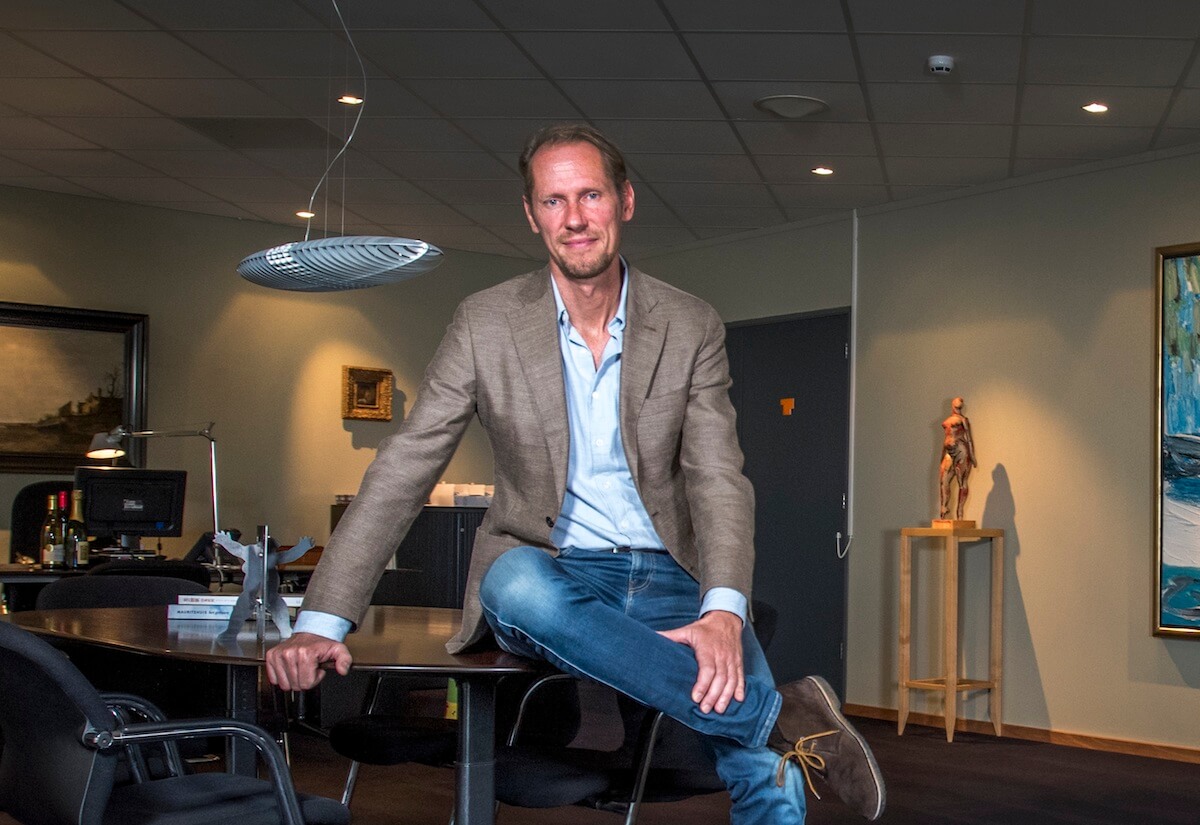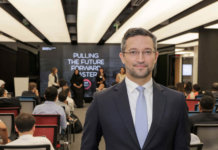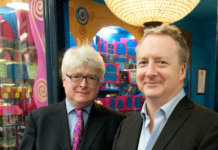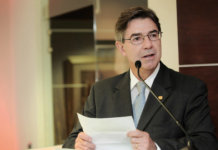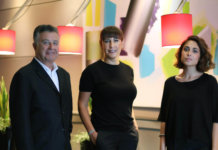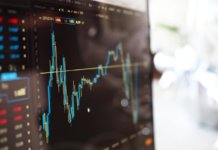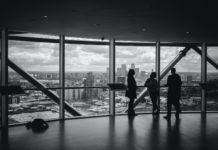Interview with Hizkia Van Kralingen, Owner Hizkia Van Kralingen, Netherlands
Twenty-five years ago, young Hizkia Van Kralingen stubbornly told his father that he would only join the third generation family removals business if he could do things his way. That meant narrowing its services to the transport of just one type of item: works of art. Within a decade, the small Dutch firm became market leader in the Netherlands and helped lay the foundations of a new emerging industry: Museum Logistics. We sat down with Hizkia Van Kralingen who explained what Museum Logistics involves, the invention of the Turtle crate and how he took his family business into the future.
Tell us more about your family business
My grandfather started the removals company Van Kralingen in 1926 with the usual entrepreneur’s motivation: to better provide for his family. My father continued in his father’s footsteps in the 1960s working with high-end clients such as embassies, galleries, and museums for whom we would transport art. We already had a few local museum clients in The Hague, because in those early days of Museum Logistics they would call normal removal companies like us to move paintings.
When did you join?
As a young man, my chief interests were surfing, travelling, and collecting art, so my father had a hard time convincing me to finally buckle down and join the firm. When it came down to it, I set some conditions. I told him that I would only join if we dedicated the company exclusively to the art industry and only do removals for museums, galleries, and collectors. My father agreed and I joined in 1990. I changed the company name to Hizkia Van Kralingen to mark our new focus. That was 27 years ago but it still feels like yesterday.
You were there when Museum Logistics emerged as an industry. How did you take advantage of that?
In the beginning we focused on galleries and art dealers because at that time the museums didn’t have that much need for moving art works around. That changed when major national museums started exhibiting our Dutch Masters like Vermeer, Rembrandt, Mondrian and Van Gogh around the world. When one of the museums approached us in 1994 about transporting 70 paintings to locations like Japan and the Unites States they seriously wanted to look into art logistics with us.
That first museum client asked us to come up with a reusable crate that would protect the paintings and that’s when we invented The Turtle. I had surfing friends who used polyester resins to create more resilient surfboards; we used the same resins to design a strong protective crate. Those first Turtles were so strong that we are still using them today. We have 500 Turtles at HQ which is enough to serve all the Dutch museums. We sent Turtles around the world and that is how we created a famous brand and rapidly became market leaders for the Netherlands. We never sell Turtles but we do offer a rental model.
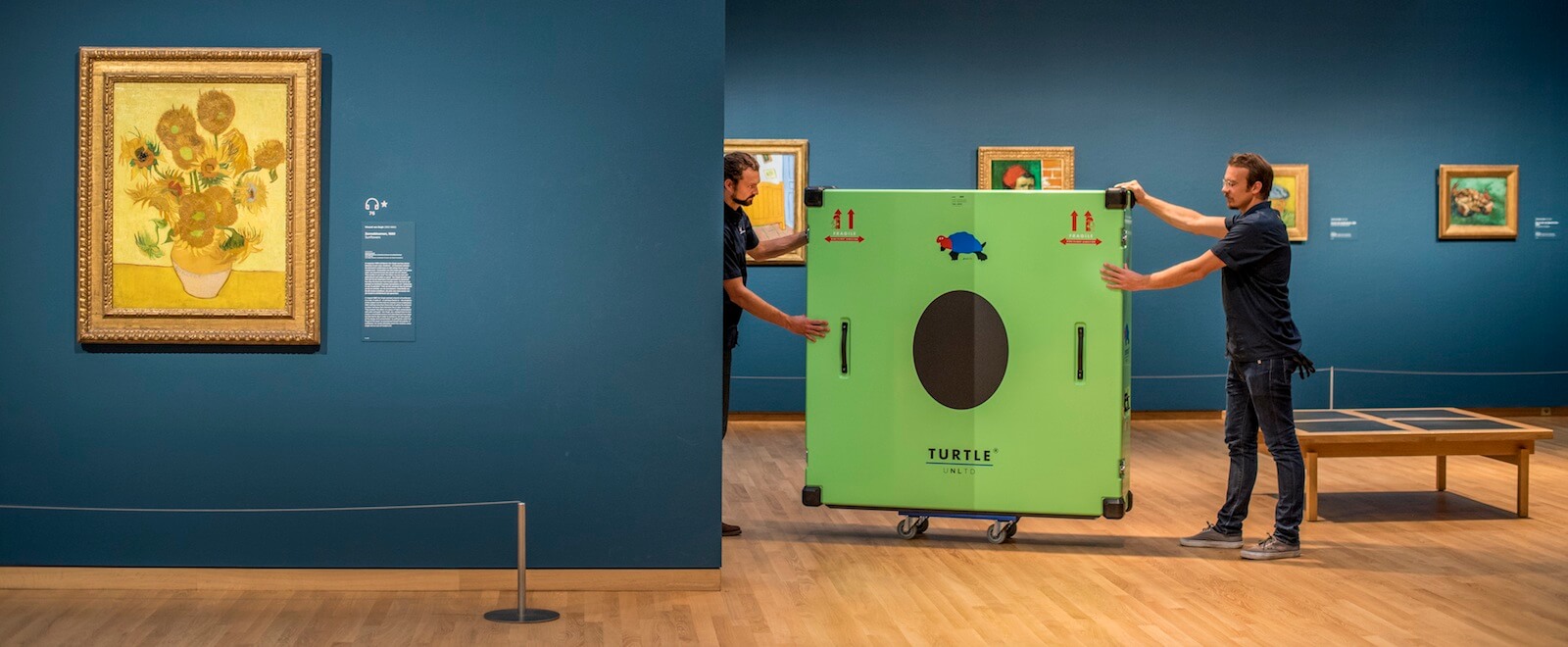
[ms-protect-content id=”4069,4129″]
How do you explain your success in this new industry?
The Museum Logistics industry has been flourishing since it started; museums are better organised, more professional more self-funding and they organise more global exhibitions. Awareness of art is greater than ever and demand for viewing Dutch masterpieces abroad is consistent. We have been growing by 30% year on year for the past two years because of this demand. We have 75 people in the company and collaborate in the logistics for about 100 international exhibitions per month.
This industry is a very closed world, built entirely on trust and quality. Interestingly most of our peers from different countries are family-owned businesses as well. Of course, the large removal and logistics companies are all opening their own art branches. But I believe that this is an industry where trusted suppliers will win. It is really not about size but about quality and consistency. We are specialists in getting real masterpieces to people who have never seen them before. It is an authentic business.
What are the future trends in Museum Logistics as an industry?
The public wants to see more exhibitions so the industry is growing fast. Technological advances have made it possible for people all over the world to see beautiful art they would otherwise never get to enjoy. It’s getting more and more exciting: more exotic places, more exciting art. We won’t get bored any time soon! The great thing for us is that we were there from the beginning and have seen this industry take shape. It’s not like I actually foresaw this in any way; I was just a young stubborn guy who liked art. But of course our willingness to innovate and find solutions for our clients has been important. Of course, the Netherlands is a particularly fruitful market to do this in because we have such a dense collection of masterpieces. We are so lucky to be part of representing that legacy.
Is it becoming more competitive?
Of course! Leading removals companies in the world are opening art removal arms. There is high demand for this expertise.
So how do we stay ahead of them? We put emphasis on quality and we innovate constantly! This year we are launching The Turtle Unlimited, the second generation of our crates. It took us two years to work it up; it’s a high-tech piece of art in itself! It has composites that are used by NASA in their rockets – you can imagine the number of patents we got to protect it. It probably gives us one of our greatest competitive edges. We also keep the prices relatively low so it’s pretty hard to beat us.
What’s the next level of innovation?
To be innovative internally is also important. We have just finished implementing a business-wide ERP system. I really believe that if you don’t get that right nowadays you might just as well be leaking money. These internal ideas protect our profits and give us more margin to invest in what we think is going to maintain our competitive advantages in the market. It’s important for an entrepreneur to know when you need to formalize these things and put proper systems in place.
There is a professional management team that runs the company now. I am part of that as well as the 100% owner of the company. We have our weekly meetings and it’s my main job to come up with new ideas and give us that edge that will enable us to anticipate industry shifts or help shape them. We often discuss how the world is changing and how it will impact our industry. In logistics even political change really matters because that determines how easy or difficult it’s going to be to transport goods and it affects the demand for art exhibitions.
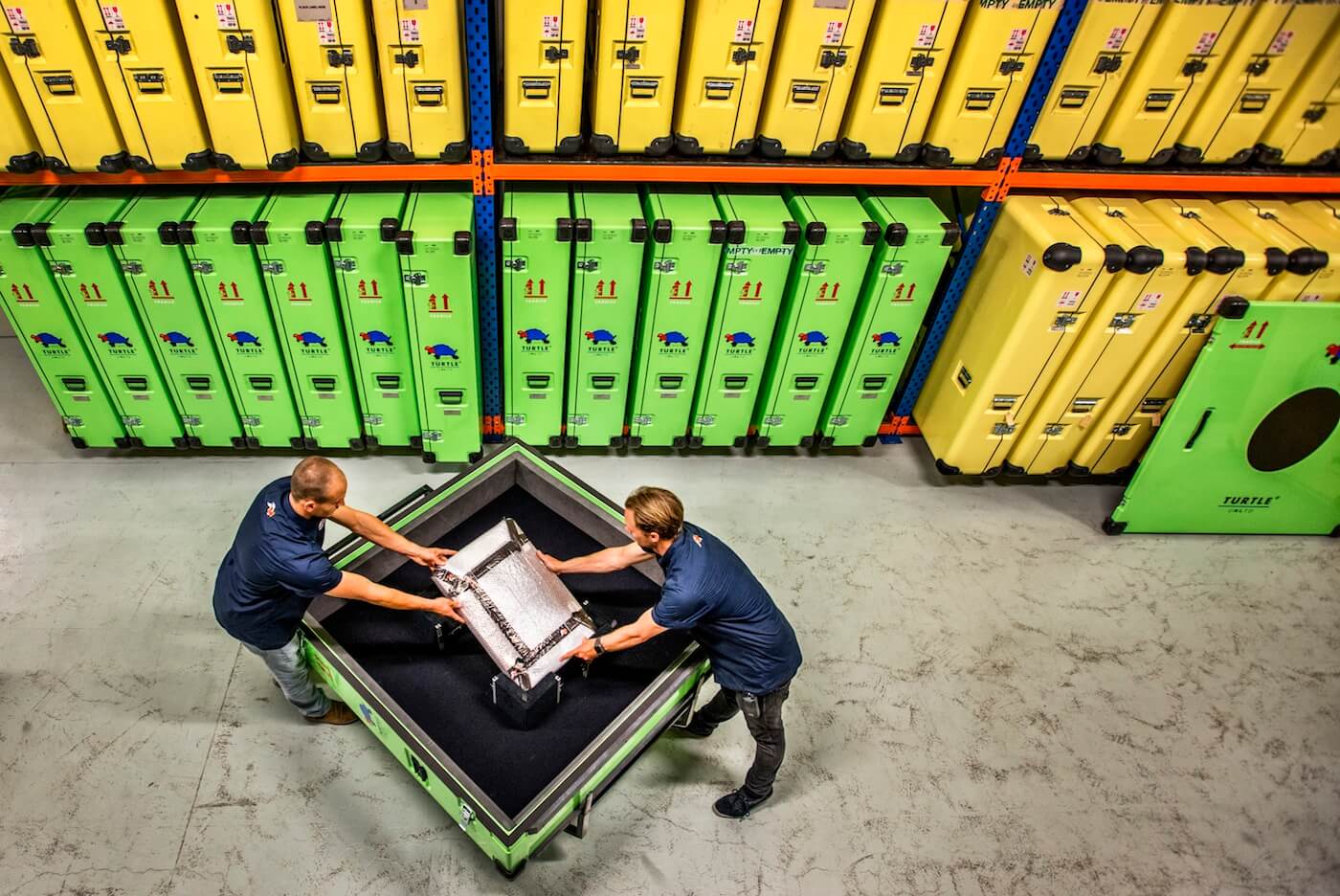
How do economic crises and arts budget cuts affect your business?
We felt the 2008 crisis of course, but then museum sector in general is slower to show the impact of tough times. Museums have to generate more of their own income, to be less dependent on government funding. Exhibitions are one way of generating revenues. So we can always count on a steady demand. Traveling exhibitions account for 80% of our income. Another 10% is warehousing; we opened up a new art storage depot in 2014 – a collection centre combining storage, logistics, conservation, collection care and customs Freeport zone under one roof – and will be opening another one next year. The final 10% of our revenue comes from private collectors and advisory services.
How do you plan to expand?
This is not a business where you open up offices in different locations because you can’t replicate what local suppliers do as the whole process is based on trust. As a logistic museum provider, you need to be the strongest in your country. We are the market leaders in the Netherlands and work with other market leaders in different countries. We invest in those relationships with our peers, since they also tend to be family businesses they stick around. We’re dealing with the same people for decades!
The Turtle is another matter because that is something that can easily be global. We rent out the crates wherever there is the need. We are now talking to some of our partners in different countries to adapt The Turtle for transportation of their local masterpieces, which will be a slow process. But since it’s the only high-end – now very durable – rental crate for museums, everyone will have to sit up and pay attention eventually!
How do you see your role in the company today?
I try to come up with ideas. I’m an entrepreneur, and always will be. Keeping control of the organisation is crucial though and that’s why we went for the ERP system. You need to know at one glance where you are, what is going well and what is going wrong.
The company does well because its people are passionate about it. I believe in creating an environment and culture where people are happy and they can express themselves and their talents. I’m nearly 50 years old now and the next generation of workers has joined us; I am very happy I get to see this new energy coming into the company.
My role is really to ensure the business remains a fertile ground for new ideas. Not just my own ideas; I also listen to people and get inspired for the next stage. I think it’s the most comfortable position I have ever had in my company. I am always focusing forward. I think we’re looking at a very good future.
[/ms-protect-content]
